What you need to know about the Port of Suape
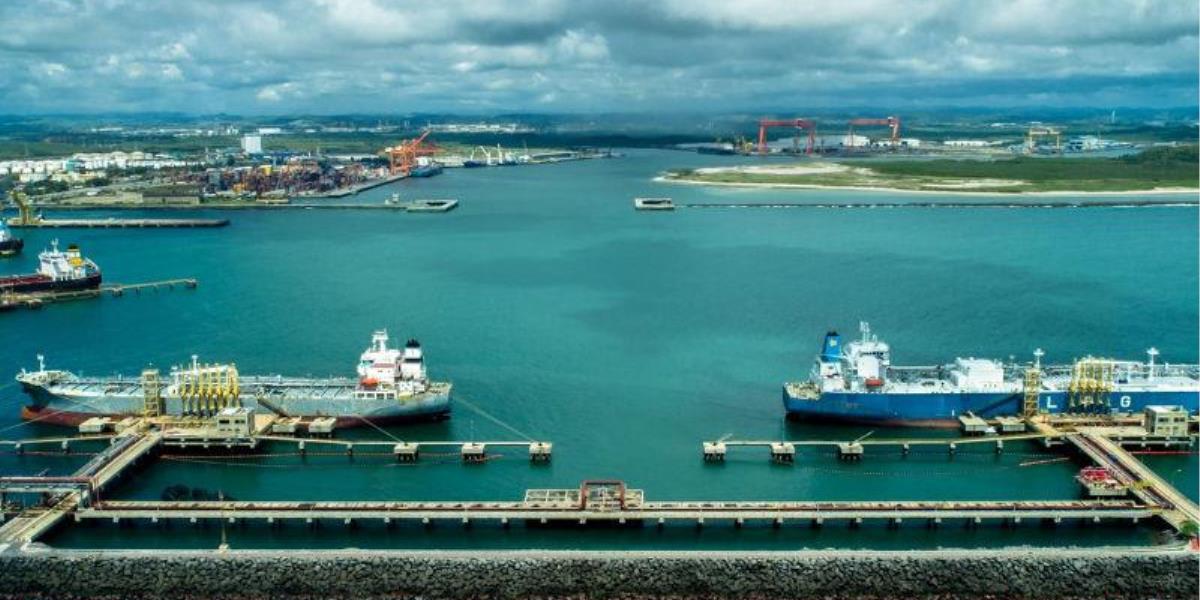
The Port of Suape is located in a strategic region in northeastern Brazil and is one of the newest ports in the country.
In addition, it is the main port in the north and northeast regions for the movement of vehicles and containers.
Shall we learn more about this port and its importance for the region and for Brazil? Let’s go!
Port of Suape and its geographical location
Known as the Suape’s Industrial Port Complex, it is one of the biggest economic development projects in our country, offering several opportunities in different sectors.
Since it is an important project for the state of Pernambuco and is 40km from the capital Recife, it attracts several investments.
The Port of Suape is connected to 160 other ports located around the world and is considered the most strategic public port in the region, as 90% of the Northeast's GDP is located within a radius of 800km.
Located at the mouth of Ipojuca and Massangana rivers, the port hub is located in the cities of Cabo de Santo Agostinho and Ipojuca.
The maritime access to the port is done through a draft of 14.5 meters, while the land access is made by the federal highways BR-101 and BR-232, plus the state highways PE-060 and PE-028.
In addition, other accesses are the Recife International Airport and the EF-101 railroad, managed by Transnordestina Logística (TNL).
Added to this, the port counts on a pipeline infrastructure to operate in the pipeline modal, operated by the liquid bulk terminals therein. The pipelines make it possible to transport oil (petroleum) and its derivatives, especially chemical products, ethanol, and oil.
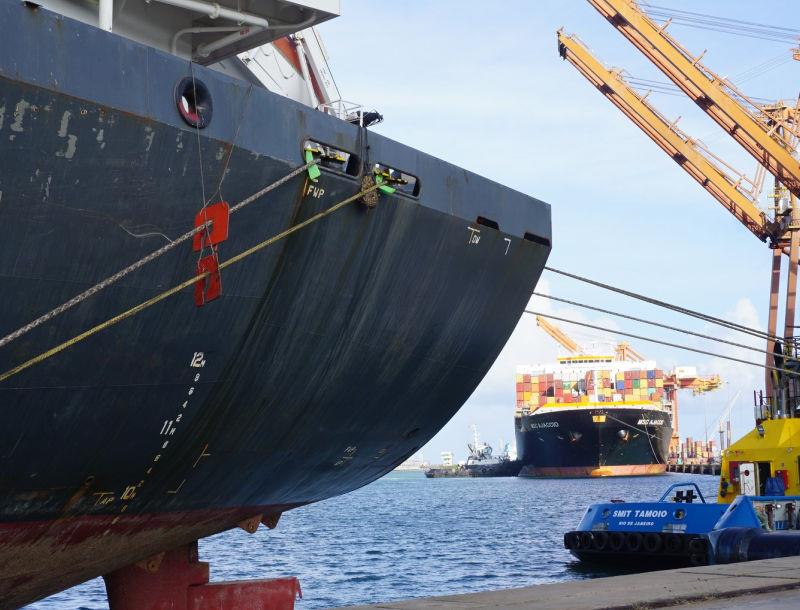
History of the Port of Suape
Still in the 1960s, studies began to be carried out for the implementation of a “superport”, which would enable exports and the installation of industries in its surroundings.
The idea of a port-industry started to be considered in the 1970s, inspired by the concept of integration that existed in the ports of Marseille-Fos, France, and Kashima, Japan.
Its Master Plan began to be drawn up in 1973 and, later, on November 7th, 1978, the State Law No. 7,763 created SUAPE – Industrial Port Complex, which became responsible for the works and explorations in the region.
The port began operating, effectively, in 1983, mainly with the transport of alcohol by Petrobrás.
2000s onwards
In 2003, the port received an international certificate granted by FDA (Food and Drug Administration), the health regulatory agency in the United States of America, which attested the adoption of the measures defined by the Bioterrorism Act.
In September 2011 the Suape 2030 Master Plan entered into force, with the aim of managing and organizing the growth of the port complex.
Since then, the plan has managed the Industrial Zones and expanded its Ecological Protection Zone (ZPEC) from 46% to 59% of area.
In 2017, the company's strategic planning began to be implemented, aiming at its journey until 2023, with the support of the Department of Planning and Management of the state of Pernambuco.
Two years later, it was one of the four Brazilian ports chosen to implement the Port Community Systems (PCS), an information software that integrates the actors of the port community.
The program is an initiative of the Prosperity Fund, a UK investment fund for developing countries, which aims to optimize port processes.
In the same year, the port administration signed a technical cooperation agreement with Panama Canal Authority (ACP).
It is currently managed by the state-owned company SUAPE – Governador Eraldo Gueiros Industrial Port Complex, bonded to the state government, whose agreement was signed on April 9, 1992.
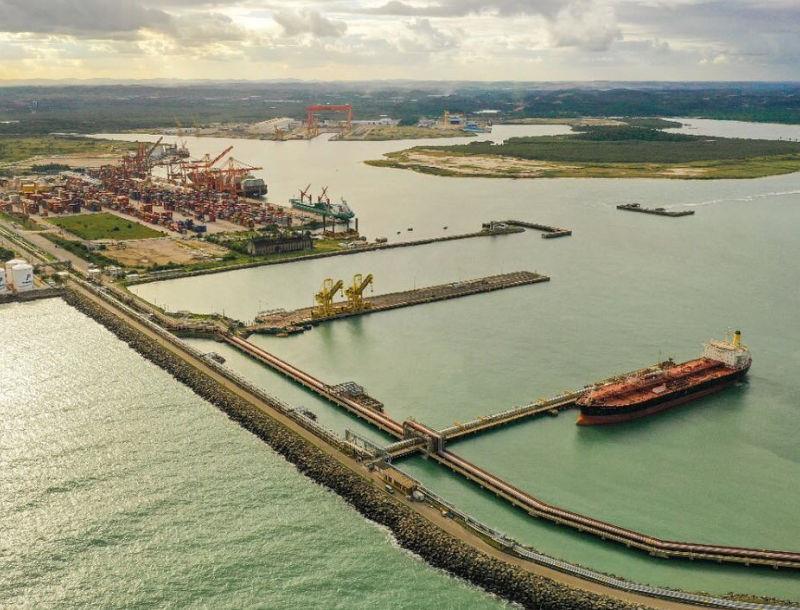
Port of Suape logistical information
The customs area of the Port of Suape measures 785,000m², where there are three container and general cargo terminals.
The largest of them measures 380,000m²: the Tecon Suape terminal, followed by the Localfrio terminal, that measures 91,000m² and Wilson Sons Logística, whose area measures 60,000m², in addition to a non-bonded Fedex terminal, that measures 40,000m² .
Thus, the three terminals, together, have the capacity to handle more than 1 million TEUs (20-foot container model) per year.
In addition, the port complex counts on the JSL dry port, which measures 150,000m².
For the storage of bulk liquids, the port has 11 terminals, including oil and non-oil derivatives, totaling 700 thousand m³.
Suape also has two public patios, which add up to 18.7 hectares of area and have the capacity to move up to 250 thousand vehicles per year.
Cargo handling at the Port of Suape
In 2020, the Port of Suape handled 1,154 billion tons of cargo, 4.53% more than the registered during 2019.
In 2021, between the months of January and August, 812 million tons were handled, which represents a drop of 5.23% compared to the same period in 2020.
474 million tons were solid bulk, while 210 million were liquid bulk and 87 million were containerized cargo.
Out of the total, 571 million were transported over the long haul, against 138 million in cabotage and 26 million in inland routes, which represents a drop of 8.89% in exports and a rise of 13.39% in imports, compared to 2020.
The most expressive port was Ponta da Madeira (116 million tons), followed by Santos (77 million), Angra dos Reis (45 million), Tubarão (41 million) and Itaguaí (35 million).
As for goods, the biggest presence registered was iron ore (241 million tons), followed by oil and its derivatives (241 million), soybeans (94 million) and manure and fertilizers (23 million) (Anuário ANTAQ).
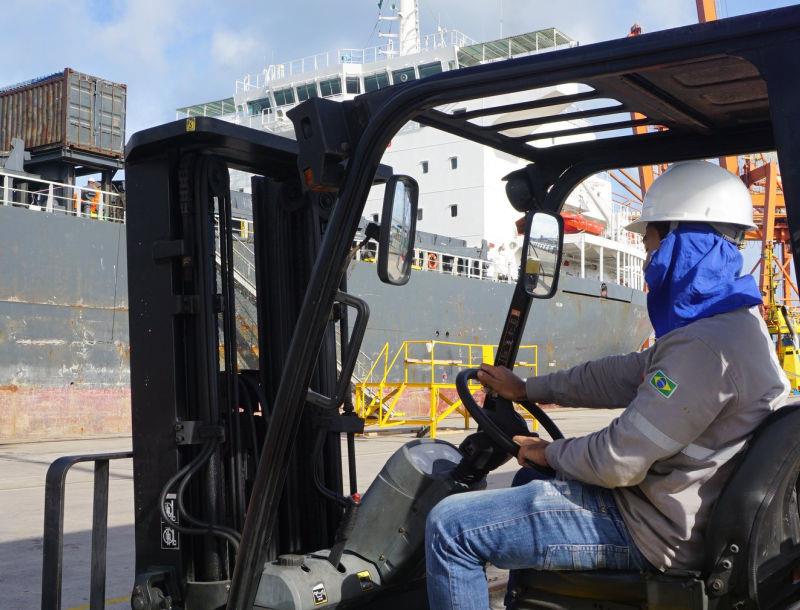
Suape will receive R$ 1.5 billion for the Regasification Terminal
In the first half of next year, the industrial complex will receive an investment of R$1.5 billion for the implementation of a regasification terminal (Regás).
This amount will help in the implementation of an infrastructure to receive the Floating Ship Regaseification Unit (FSRU), an industry ship.
In this way, through gas pipelines connected to a Custody Transfer Station (ETC from the Portuguese “Estação de Transferência de Custódia”), the ship will help to make the operation feasible.
In addition to generating nearly 3,000 job openings between the period the terminal is installed up to its full operation, the project will ensure that the entire state has access to gas, according to Governor Paulo Câmara.
Plus, in the words of the director-president of the complex, Roberto Gusmão, as it is a less polluting gas, the terminal will also help in reducing pollution (Folha PE).
Final considerations
So, did you already know that the Suape’s Industrial Port Complex was so important for the region where it is located and for Brazil?
Would you like to add something, or do you have any questions or doubts?
Leave it in the comments, let's continue our conversation about the Port of Suape!
Veja Também
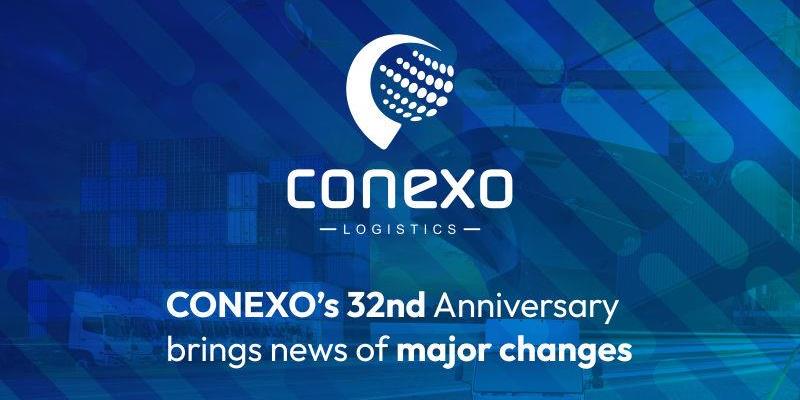 CONEXO’s 32nd Anniversary brings news of major changes
CONEXO’s 32nd Anniversary brings news of major changes
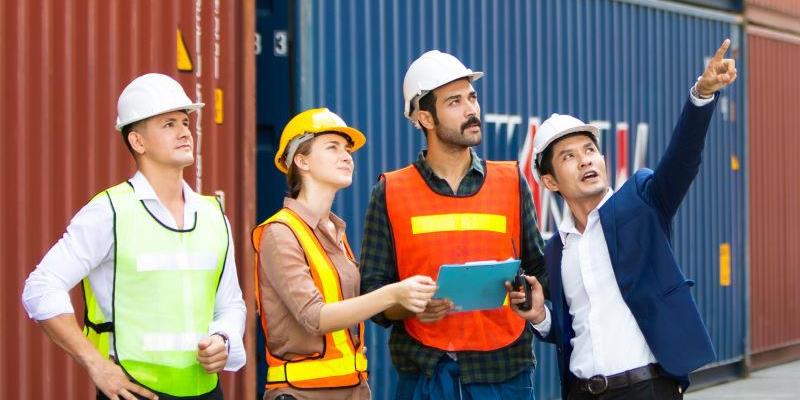 AEO Certificate: What is it, its importance, and its benefits
AEO Certificate: What is it, its importance, and its benefits
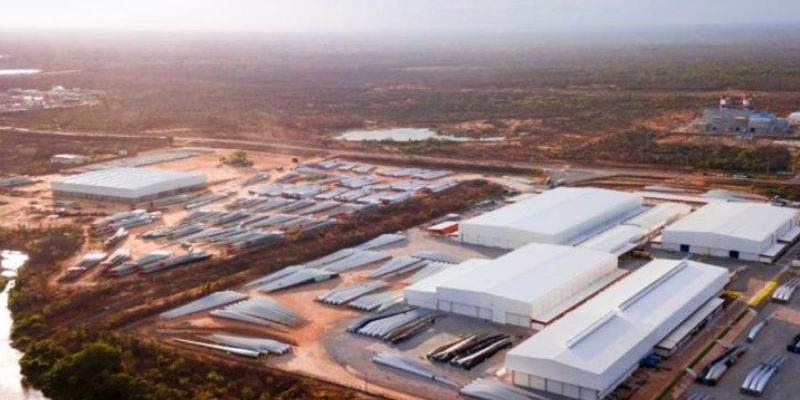 What you need to know about the Port of Pecém
What you need to know about the Port of Pecém
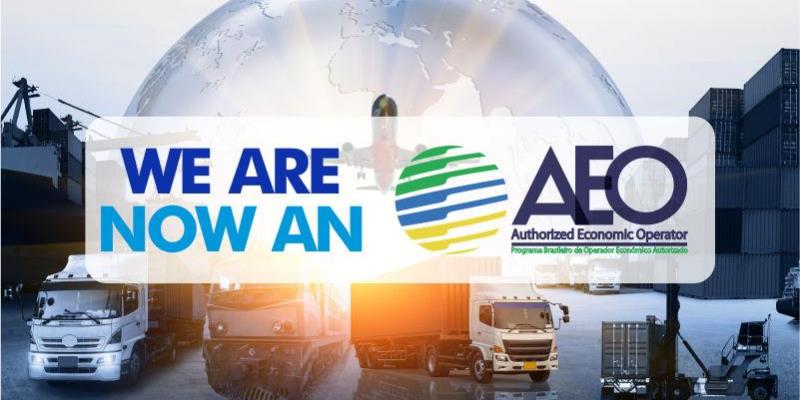 Conexo has been awarded AEO Accreditation
Conexo has been awarded AEO Accreditation
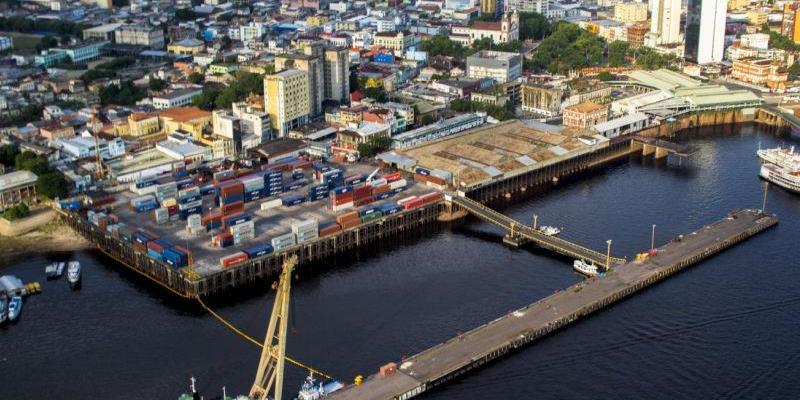 What you need to know about Port of Manaus
What you need to know about Port of Manaus
 What you need to know about Viracopos Airport
What you need to know about Viracopos Airport
